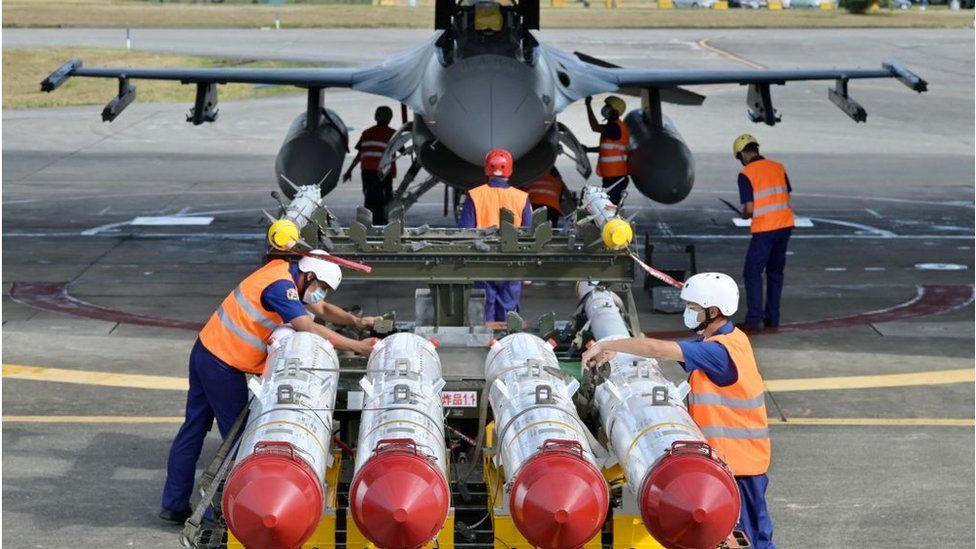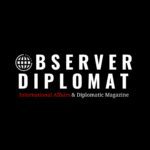In an unprecedented move, the White House has announced its decision to provide a substantial military “assistance” package worth $345 million to Taiwan. This development, executed under the “Presidential Drawdown Authority” framework, marks the first instance of the Joe Biden administration selling arms, including offensive weaponry, to the island nation. This sharp policy shift is causing ripples, not only altering the nature of US-Taiwan relations but also amplifying tensions in the already complex Taiwan Strait dynamics. The consequences are far-reaching and demand a closer analysis of this groundbreaking move.
A Departure from Tradition
The paradigm shift is evident as the US pivots from offering solely defensive arms to supplying offensive weaponry to Taiwan. In contravention of the 1979 “Taiwan Relations Act,” which permitted only the provision of defensive arms, this new direction signifies a remarkable deviation from established norms.
This shift is glaringly at odds with the commitments expressed in the 1982 Sino-US Joint Communique. Previously vowing to curtail arms sales, the US now finds itself openly contravening its own principles by providing advanced, offensive military assets to Taiwan. A prime example is the previous $8 billion deal for F-16V fighter jets and other sophisticated armaments. The ramifications of this policy shift are profound and extend beyond the region.
Normalizing a Disturbing Trend
Historically, US arms sales to Taiwan were bundled into comprehensive packages. However, a recent trend towards “conventional arms transfer” policies has normalized regular arms exports to the island. The Biden administration has accelerated this change, with over ten arms sales within just two and a half years, a notable departure from the past. This normalization has the potential to further erode the already strained relationship between the US and China, with Taiwan being a contentious focal point.
Tactical Shift and Broader Implications
The change extends beyond the nature of the arms sold; it also marks a shift in strategy regarding the process of arms sales. Utilizing the “Presidential Drawdown Authority,” the US has effectively fast-tracked arms transfers to Taiwan, bypassing the arduous review procedures that were previously in place. This streamlined approach raises concerns about the potential adoption of a “Ukraine model” of military assistance, signaling potential parallels between the Taiwan situation and the ongoing Ukraine crisis.
Confluence of Objectives: Geostrategic and Economic Gains
Delving deeper, multiple objectives drive this unexpected policy maneuver. The US has firmly labeled China as a “strategic competitor,” and utilizing Taiwan as a pawn serves to hamper China’s development across political, economic, and military spheres. This calculated move seeks to slow China’s ascent.
From a military standpoint, the US aims to maintain dominance in the Asia-Pacific region, leveraging the Taiwan Relations Act to deepen ties and incorporate Taiwan into its “Indo-Pacific strategy.” Simultaneously, the move profits the US military-industrial complex, using Taiwan as a lucrative source of income.
Implications for Taiwan’s Future
However, this change carries significant risks for Taiwan. Arms purchases from the US are a considerable drain on its resources. By adhering to the US’ terms, Taiwan ends up paying inflated prices for weapons, depriving its economy and residents of potential benefits. At a time of economic challenges, these funds could have been directed towards improving livelihoods and bolstering economic growth.
The discord is further exacerbated by the Democratic Progressive Party’s refusal to accept the “1992 Consensus,” an assertion that China and Taiwan are integral parts of the same nation. This stance, coupled with the US’ provocative actions, is escalating tensions across the Taiwan Strait and threatening regional stability.
Path Forward: A Call for Prudence
To alleviate these mounting tensions and foster healthier Sino-US relations, a prudent approach is essential. The US must respect the “one-China principle” and refrain from employing Taiwan as a tool for containment. Meanwhile, the Taiwan authorities should recognize the precarious path they tread by ignoring the broader geopolitical landscape. Acknowledging reality and pursuing diplomacy are vital for Taiwan’s interests and regional stability, steering clear of self-inflicted harm.
In conclusion, the implications of the White House’s $345 million arms deal to Taiwan are profound and multifaceted. This move is more than a mere sale; it symbolizes a departure from established norms, normalizes a trend of regular arms sales, and highlights a tactical shift in the way arms transfers are executed. With broader geostrategic and economic objectives in play, the consequences reverberate beyond the Taiwan Strait, impacting Sino-US relations and regional stability.















